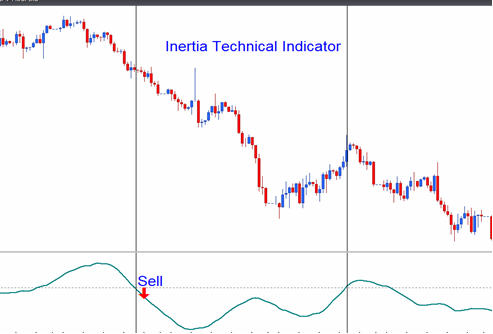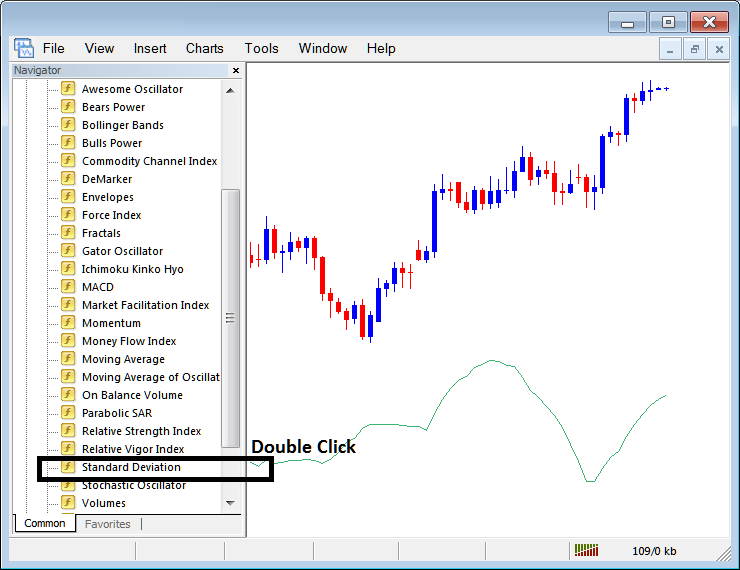Forex Technical Indicators List
Post on: 26 Май, 2015 No Comment

Moving Average of Oscillator (OsMA)
Moving Averages of the High and Low
Zero Lag Exponential Moving Average
Forex technical indicators forecast currency movements
Definition
A Technical indicator of the forex market is a sequence of statistical points which are used to forecast currency movements. Following is a list of best-known indicators. From them you can learn to build a technical indicator of your own and adapt to it.
- Relative Strength Index
- Moving Average Convergence Divergence (MACD)
- Stochastic Oscillator
- Number Theory
- Gaps
- Waves
- Chart Formations
- Trends

Relative Strength Index:
This popular FX indicator measures the ratio of up and down moves and regularizes calculations so that the index is calculated in a 0-100 range. An RSI of 70 or more will indicate that the instrument has been overbought. If it’s 30 or even less than that, it’s a sign of the instrument being oversold.
Stochastic Oscillator:
Stochastic Oscillator is used to show oversold or overbought instruments on a 0-100% scale. This indicator bases its observations that in a b uptrend prices at the close for fixed periods tend to converge in the higher section of the range. On the other hand, when prices dip in a b downtrend, prices at the close converge at the lowest section of the range. Two lines are produced by Stochastic calculations — %K as well as %D. These are made use of to display oversold or overbought sections in a chart. The deviation between these lines and the action of the price of the instrument provides an authentic trading sign.
Moving Average Convergence Divergence:
MACD consists in plotting two momentum lines. This line is the disparity between two EMAs — exponential moving averages — and the trigger line that is an EMA of the difference. If the trigger and MACD lines cross, it is a sign that a trending change is likely.
Number theory: Fibonacci numbers:
The numbers in this sequence — 1,1,2,3,5,8,13,21,34 – are created by the addition of the initial 2 numbers to get the third number. The ratio of a number to the next bigger number is 62%. This is a well-known Fibonacci number that signifies retracement. 38%, the converse of 62%, is also utilized as a retracement number.
Gann numbers:
A stock trader in the 1950s, WD Gann made a fortune of over $50 million in the commodity and stock markets. To attain this, he used methods which he himself developed to trade instruments that were based on association between the movement of prices and time. Gann’s methods cannot be easily explained. However, basically he made use of angles in charts to find out resistance and support areas and forecast trend changes of the future.
Elliott wave theory:
Elliott theory is a market analysis method based upon recurring wave patterns, as well as the Fibonacci sequence. A perfect Elliott pattern displays a five-wave forward movement that is followed by a three-wave backward movement.
Gaps
Gaps are the spaces that remain on the bar chart. They indicate the places where no trading has been conducted.
Trends
Trends refer to price directions. Upmoving peaks along with troughs indicate uptrends. Peaks that fall along with troughs show a downtrend. They determine the gradient of the present trend. A break in a trend line normally indicates a reversal in trend. Peaks along with troughs describe the range of trading.
Moving Averages:
These averages are utilized to smoothen information of prices so as to confirm trends as well as levels of resistance and support. These averages are also helpful to decide a particular trading strategy in futures or a market a and b up/down trend.














